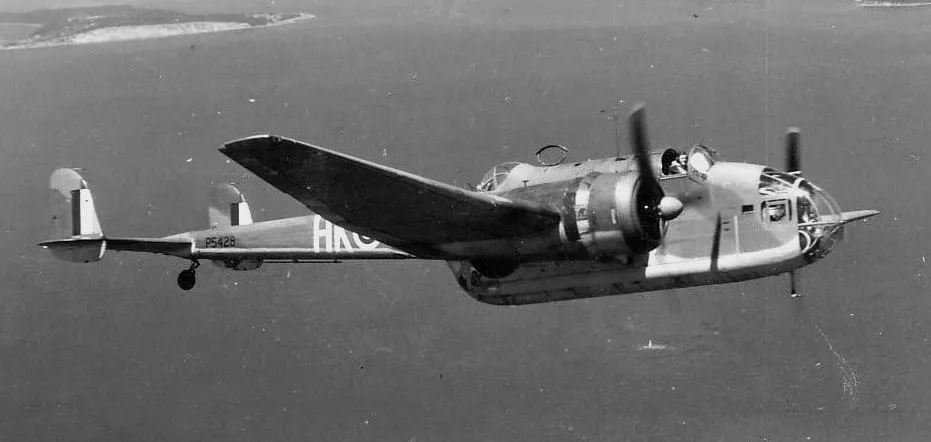Hampden Mk II AE-136 missing during a night bombing operation to Hamburg Germany.
Aircraft shot down (means not found) and crashed near Hamburg.
Killed includes Carmichael: Flight Sergeant Douglas John Carmichael RCAF R/56171 KIA Sergeant Robert Alfred Gladen RAF KIA Becklingen War Cemetery grave 26. B. 13. Sergeant Eric Haste RAF KIA Becklingen War Cemetery grave 27. H. 1.
POWs: Pilot Officer John Michael Wood RAF POW Stalag Luft L3 Sagan and Belaria.



